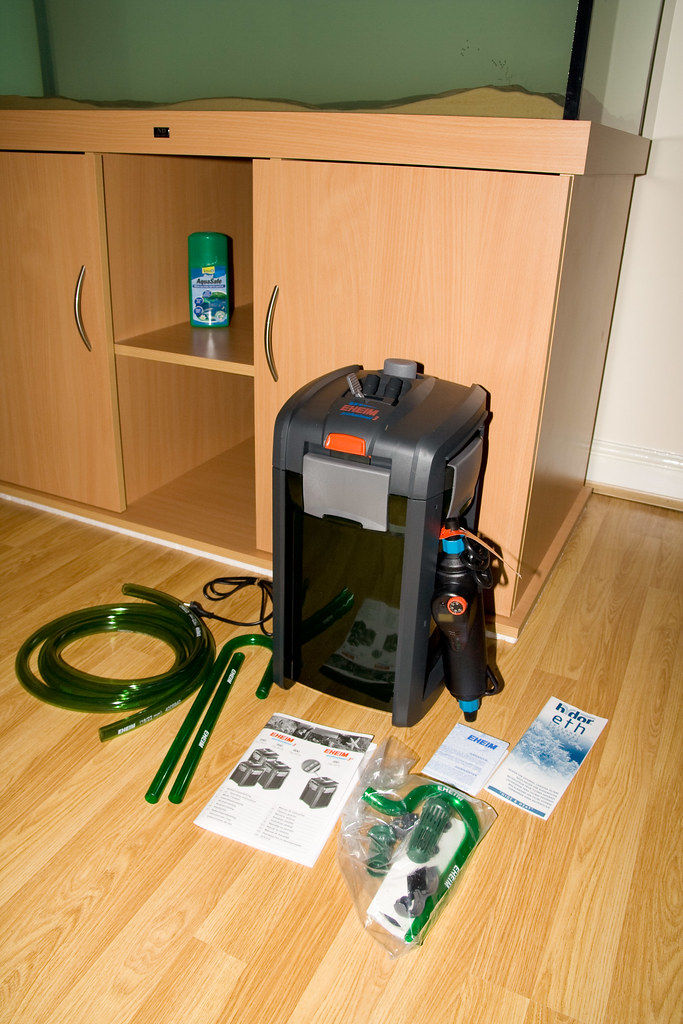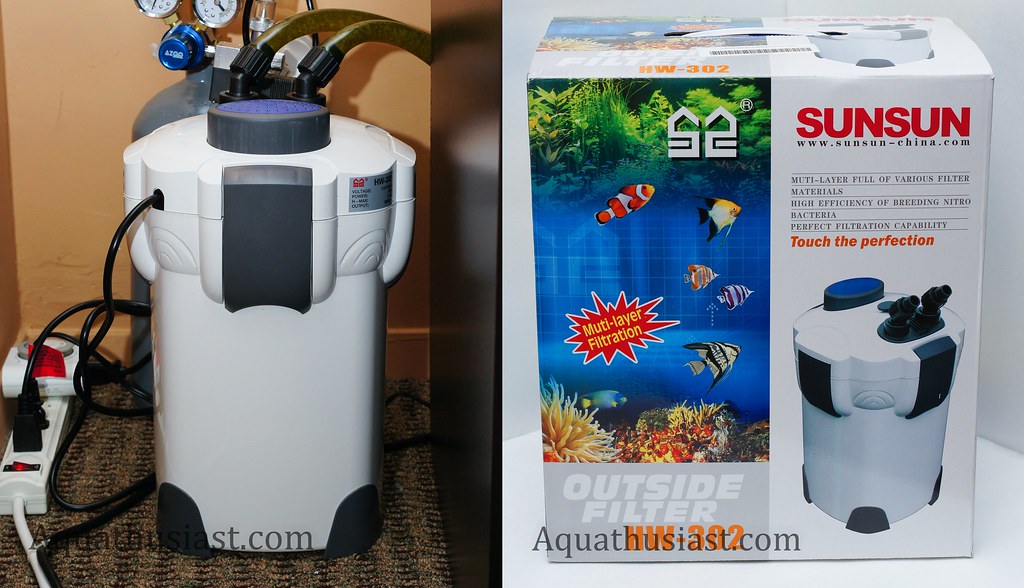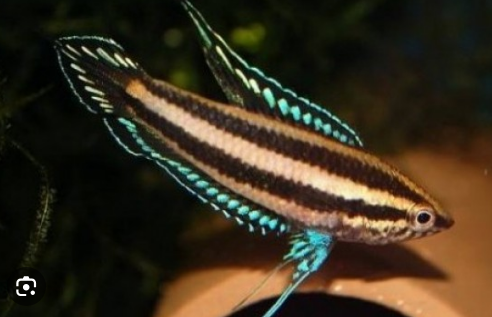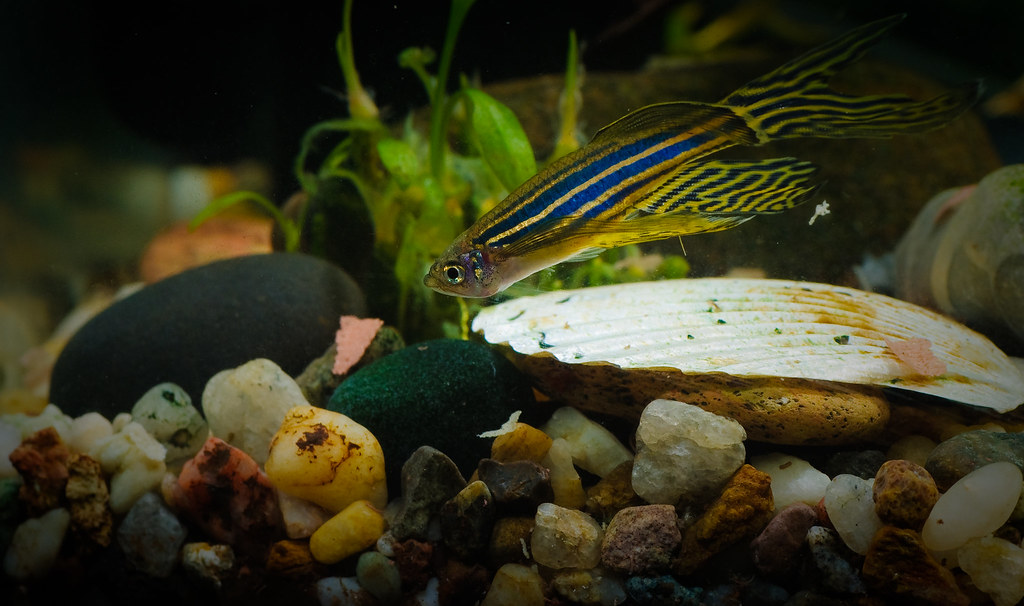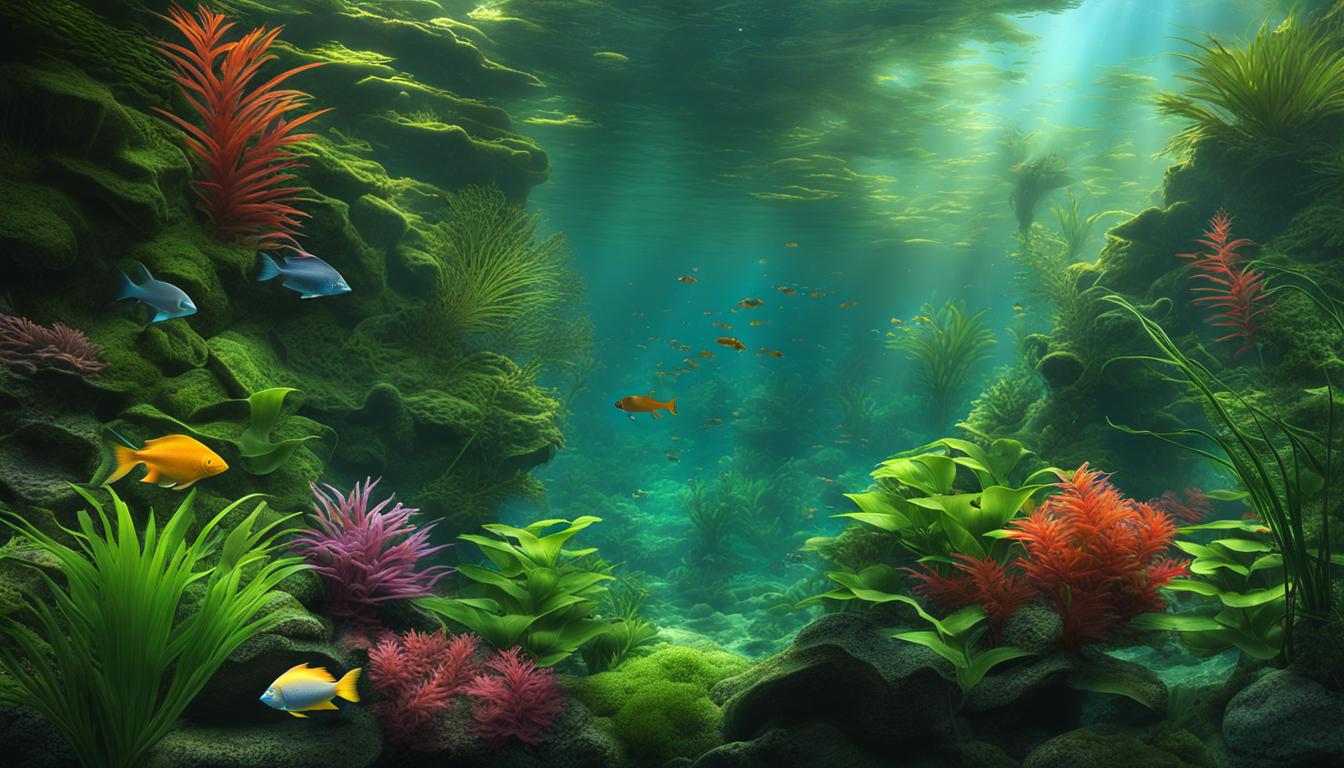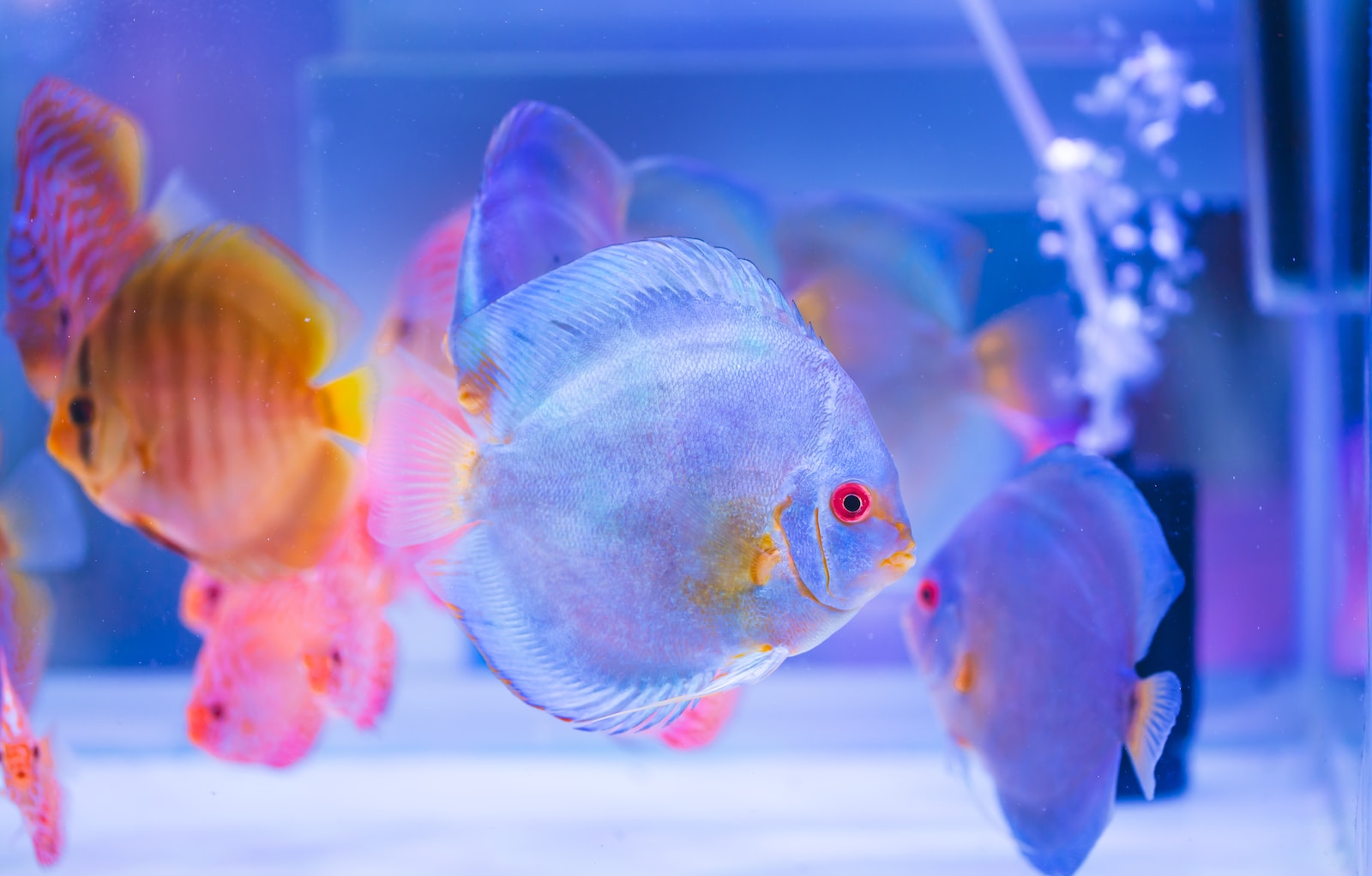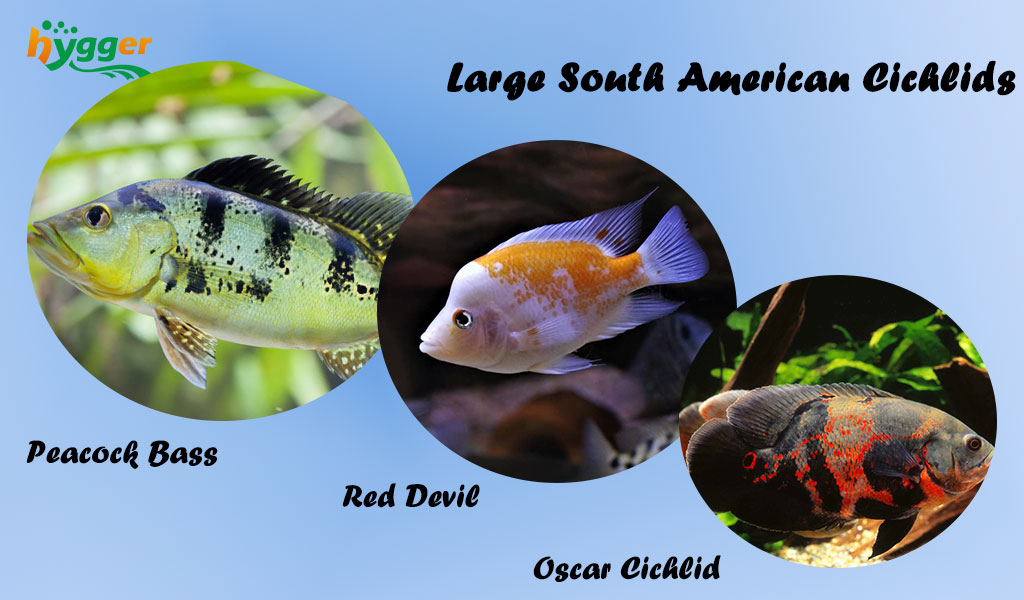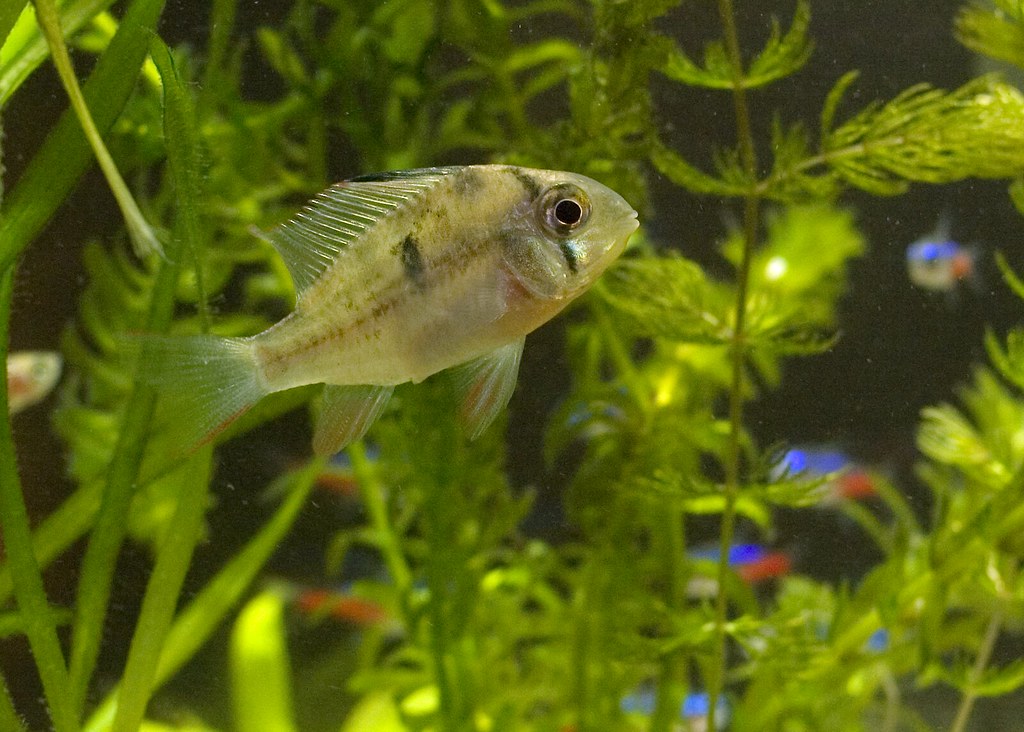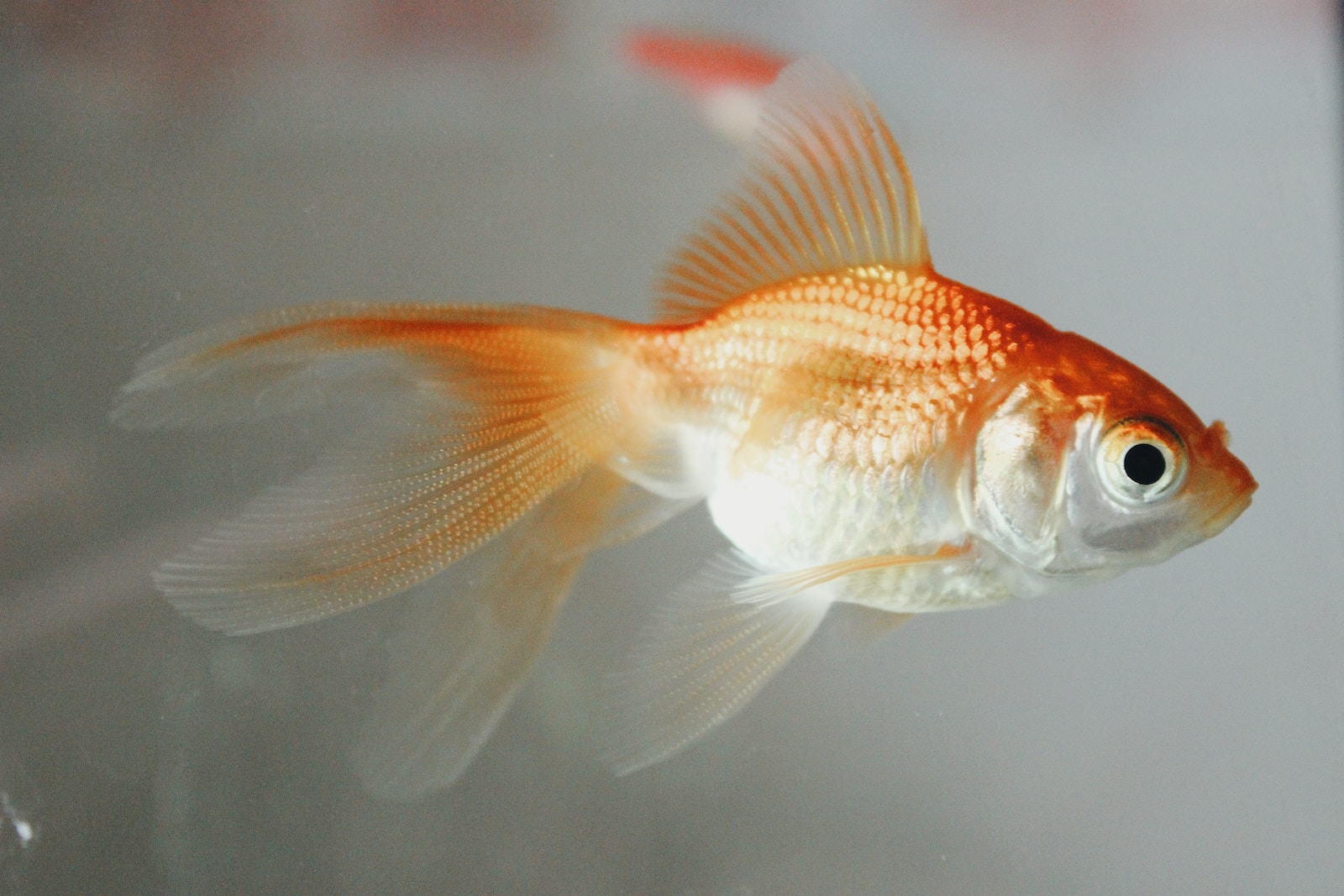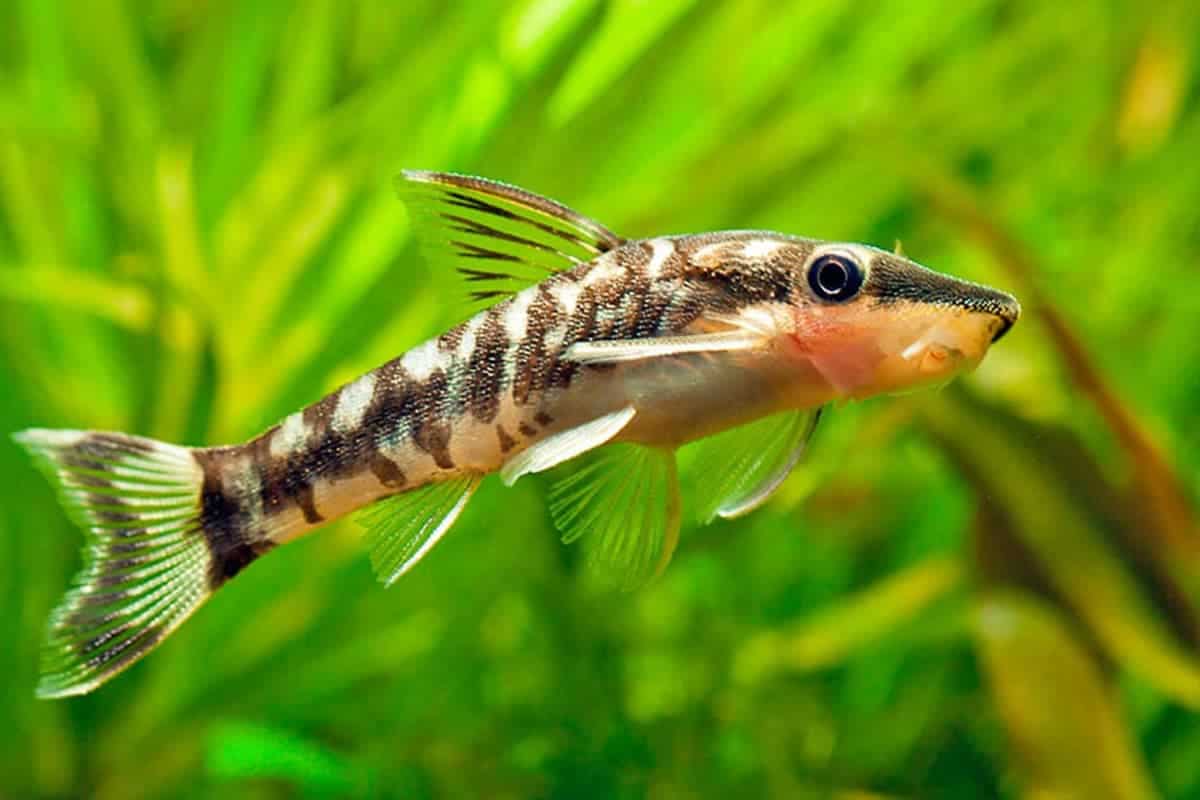Filtration Systems for Caridina Shrimp: Did you know 90% of shrimp keepers use sponge filters? This shows how vital the right filtration system for Caridina shrimp is. As someone who loves shrimp, I know how important good filtration is for their health.
There are many shrimp tank filters to choose from, each with its own benefits and drawbacks. Sponge filters for shrimp are loved for being cheap, easy to care for, and soft on the shrimp. Hang-on-back filters are great because you can customize them. Canister filters for shrimp tanks are perfect for big or busy tanks because they filter a lot.
Table of Contents
Key Takeaways
- Sponge filters are the most popular choice among shrimp keepers due to their affordability and gentle filtration.
- Regular maintenance of filter sponges is essential to avoid cloudy water and maintain a healthy environment.
- Hang-on-back filters offer customizable filtration options but may be restrictive for heavily stocked shrimp tanks.
- Canister filters are suitable for larger or heavily stocked shrimp tanks but require proper adjustment to ensure shrimp safety.
- Choosing the right filtration system depends on your specific tank setup and shrimp species.
Why Proper Filtration is Crucial for Caridina Shrimp
Keeping Caridina shrimp healthy means having the right filtration. Some people have kept them without a filter, but most experts say it’s better to use one. Low-flow filters, like sponge filters, are great because they clean the water gently but effectively.
Sensitive to Ammonia and Nitrite
Caridina shrimp can’t handle high levels of ammonia and nitrite. So, it’s important to have a tank that’s fully cycled before adding them. This lets good bacteria grow, which helps keep the water clean.
Importance of Maintaining a Stable Environment
Filtration also helps keep the water stable for the shrimp. They need certain conditions to be happy, like the right pH and temperature. Good filtration keeps these conditions steady, which is good for the shrimp’s health.
Some people have kept shrimp in small tanks without a filter. But, they have to change the water a lot to keep it clean. Most people find it easier to use a filter, like a sponge filter, to keep the water perfect for their shrimp.
Types of Filters Commonly Used in Shrimp Tanks
Choosing the right filter is key for a healthy shrimp tank. Each filter has its own strengths and weaknesses. Knowing these differences helps pick the best one for your tank. The main types are sponge filters, undergravel filters (UGF), canister filters, and hang-on-back (HOB) filters.
Sponge Filters
Sponge filters are loved for their affordability and gentle filtration. They’re great for delicate shrimp. But, they might not be enough for big or crowded tanks.
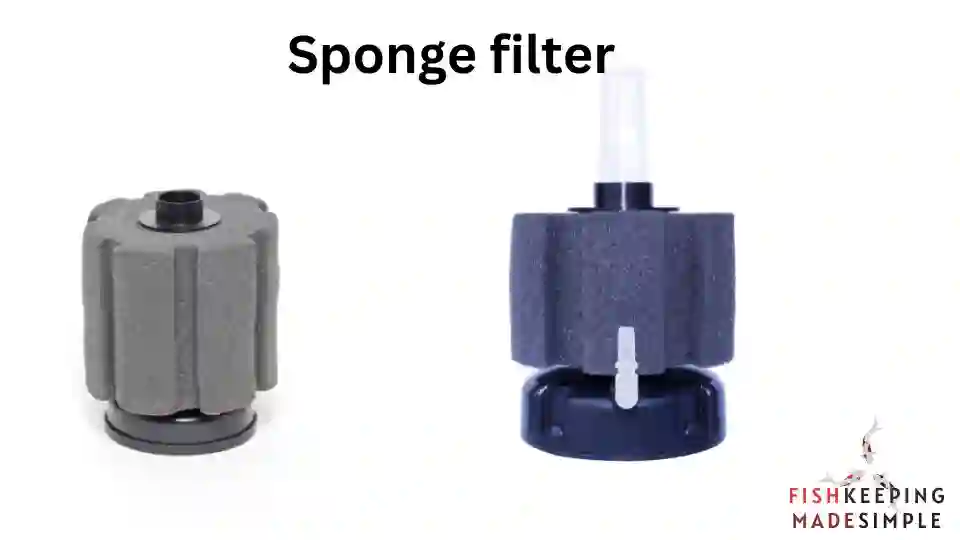
Undergravel Filters (UGF)
UGFs are good for tanks with buffering soil. They make it easy to change the soil without stressing the shrimp. But, they’re not best for planted tanks and can struggle with water flow in large tanks.
Canister Filters
Canister filters are powerful and customizable. They’re perfect for big or crowded tanks. They offer great filtration but can be pricey and need regular upkeep. The strong water flow might also harm delicate shrimp.
Hang-on-Back (HOB) Filters
HOB filters are versatile for tanks of all sizes. They’re easy to set up and can be customized. But, they might not handle very crowded tanks well. They also need a pre-filter to keep shrimp out of the filter.
| Filter Type | Advantages | Disadvantages |
|---|---|---|
| Sponge Filter | Affordable, gentle filtration | Limited capacity for larger tanks |
| Undergravel Filter | Easy soil replacement | Not suitable for planted tanks |
| Canister Filter | High filtration capacity, customizable | Expensive, requires more maintenance |
| Hang-on-Back Filter | Versatile, customizable | Limited capacity for heavily stocked tanks |
Sponge Filters: Affordable and Gentle Filtration
Sponge filters are a top choice for keeping your Caridina shrimp tank clean. They are affordable and gentle, making them perfect for shrimp lovers. These filters are known for their effective cleaning without harming the shrimp.
How Sponge Filters Work
Sponge filters work by pulling water through a sponge. This sponge traps debris and particles, cleaning the water. At the same time, it supports beneficial bacteria that break down harmful substances.
Advantages of Sponge Filters for Shrimp Tanks
Sponge filters are great because they filter gently. They don’t create strong currents that can harm shrimp. They are also easy to set up and maintain, and they won’t break the bank.
Limitations of Sponge Filters
Even with their benefits, sponge filters have some downsides. They can’t handle big tanks or lots of shrimp. As they get clogged, they need more cleaning, which can be a hassle.
| Advantages | Limitations |
|---|---|
| Affordable | Limited filtration capacity |
| Gentle filtration (low-flow) | May require more frequent cleaning |
| Easy to install and maintain | Not suitable for larger or heavily stocked tanks |
| Provides both mechanical and biological filtration | May need additional filtration support |
Undergravel Filters with Buffering Soil
Undergravel filters (UGF) with buffering soil are great for Caridina shrimp tanks. They offer both mechanical and chemical filtration. The buffering soil keeps the water slightly acidic, which bee shrimp like, with a pH of 5.5 to 6.5.
Replacing the buffering soil is easy when it gets old, usually after 12 to 18 months. This is less stressful for the shrimp than changing the whole tank. Make sure the substrate is 1 to 3 inches deep to avoid anaerobic pockets and ensure good water flow.
For Caridina shrimp, dark substrates like Mosura Red Soil or ADA Aquasoil Amazonia are best. They help shrimp with deep colors stay vibrant. In my tank, I used 2 bags (6L each) of Mosura Red Soil in a 70x40x40cm tank, divided in half.
To make undergravel filters even better, add filter media like sponge, Eheim Substrat Pro, Seachem Matrix, or Seachem Denitrate. These help with biological filtration, keeping the tank healthy. Regular maintenance and cleaning of the filter are key to prevent harmful buildup.
Hang-on-Back Filters: Versatile and Customizable
Hang-on-back (HOB) filters are a favorite among shrimp tank owners. They combine mechanical and chemical filtration. This makes them great for keeping water quality high in tanks of all sizes. HOB filters hang on the aquarium’s back, pulling water through stages before returning it.
Advantages of HOB Filters
HOB filters are versatile and easy to install. They fit most tanks without complex plumbing. They come in various sizes for different tank capacities. Plus, many models let you customize the filtration for your shrimp’s needs.
These filters trap debris and waste, keeping water clear. They also support chemical media like activated carbon. This removes impurities, odors, and medications from the water.
Potential Drawbacks for Shrimp Tanks
However, HOB filters have some downsides for shrimp tanks. The water flow can be too strong for some shrimp. It’s important to adjust the flow or use a filter with adjustable output for gentle currents.
Shrimp might also get sucked into the filter. To stop this, use pre-filter sponges or mesh covers. Make sure the outflow isn’t too close to the water’s surface.
| Brand | Model | Price Range | Suitable Tank Size |
|---|---|---|---|
| AquaClear | Power Filter | $20 – $50 | 5 – 50 gallons |
| Marina | Slim S10 | $15 – $25 | 10 gallons |
| Tetra | Whisper Power Filter | $10 – $30 | 10 – 40 gallons |
| Fluval | C-Series Power Filter | $20 – $60 | 10 – 70 gallons |
Choosing a HOB filter for your shrimp tank requires careful thought. Consider the tank size, filtration needs, and compatibility with shrimp. Regular maintenance is key to keeping the filter working well and a healthy environment for your shrimp.
Canister Filters for Larger or Heavily Stocked Shrimp Tanks
Canister filters are a top pick for big or crowded Caridina shrimp tanks. They offer strong filtration, perfect for tanks needing extra cleaning. These filters pull water through mechanical, biological, and sometimes chemical filters before returning it clean.
High Filtration Capacity
Canister filters can handle a lot of water. They’re great for removing debris, waste, and contaminants. This is key in tanks with lots of shrimp, where water quality must stay top-notch.
Customizable Filtration Options
Canister filters let you mix and match different filter media. You can add mechanical media for debris, biological media for bacteria, and chemical media for clearer water. This flexibility helps target specific waste and improve water quality.
Considerations for Shrimp Safety
While canister filters are great for big tanks, shrimp safety is important. They can have strong water flow, which might stress some shrimp. It’s vital to adjust the flow to a gentle pace.
Also, protect the filter intake to keep shrimp out. Use a pre-filter sponge or a fine mesh screen to block their way.
Canister filters cost more and need more upkeep than others. But, their strong filtration and flexibility make them a good choice for big shrimp tanks. They ensure a clean, healthy environment for your shrimp to flourish.
Filtration Systems for Caridina Shrimp: Comparison Table
Choosing the right filtration system for your Caridina shrimp tank is key. You need to think about tank size, how many shrimp you have, and what your shrimp need. I’ve made a detailed table to help you choose. It shows the main features and benefits of popular filters for Caridina shrimp tanks.
| Filter Type | Cost | Customization | Suitable for Large Tanks | Additional Benefits |
|---|---|---|---|---|
| Sponge Filters for Shrimp | Low | Limited | No | Gentle flow, ideal for shrimplets |
| Undergravel Filters for Shrimp | Low to Medium | Moderate | Yes | Easy to replace buffering soil |
| Hang-on-Back Filters | Medium | High | Yes | Versatile, suitable for various tank sizes |
| Canister Filters for Shrimp Tanks | High | High | Yes | High filtration capacity, ideal for heavily stocked tanks |
The table shows sponge filters are a budget-friendly and gentle choice, great for tanks with young shrimp. Undergravel filters are easy to maintain and don’t stress your shrimp. Hang-on-back filters are versatile and customizable, fitting many tank sizes. Canister filters are best for big or crowded tanks because they filter well.
The right filter for your Caridina shrimp tank depends on your setup and shrimp needs. By looking at this table, you can pick a filter that keeps your shrimp tank healthy and stable.
Maintenance and Cleaning of Shrimp Tank Filters
Keeping your shrimp tank filters clean is key to your shrimp’s health. Whether they use mechanical or biological filtration, they need regular care. This care helps keep the water quality high and prevents harmful substances from building up. By taking the time to clean your filters, you help your shrimp thrive.
Importance of Regular Cleaning
Cleaning your filters often is crucial to stop debris and waste buildup. If you ignore this, your filters can get clogged. This leads to poor water flow and filtration, harming your shrimp’s home.
To keep your filters working well, set up a cleaning schedule. This depends on the type of filter you have.
- Sponge filters need cleaning every 2-4 weeks, based on your tank’s load.
- Undergravel filters with soil should be cleaned every 3-6 months, or when the soil needs a change.
- Hang-on-back filters need a monthly clean of the media and impeller.
- For larger tanks, canister filters should be cleaned every 2-3 months, focusing on the media and tubing.
Using Old Tank Water to Preserve Beneficial Bacteria
When cleaning your filters, always use old tank water. This water has beneficial bacteria that help with the nitrogen cycle. These bacteria are vital for keeping ammonia and nitrite levels low.
Using tap water can harm these bacteria. This can upset the nitrogen cycle and increase ammonia levels.
To keep these bacteria safe during cleaning:
- Take some water from your tank and put it in a clean container.
- Rinse the filter media in this water, gently to avoid harming the bacteria.
- Don’t use soap or any cleaning agents, as they can harm your shrimp and the bacteria.
- After cleaning, put the filter back in the tank.
| Filter Type | Cleaning Frequency | Cleaning Method |
|---|---|---|
| Sponge Filter | Every 2-4 weeks | Rinse in old tank water |
| Undergravel Filter | Every 3-6 months | Replace buffering soil, rinse plates in old tank water |
| Hang-on-Back Filter | Monthly | Clean filter media and impeller in old tank water |
| Canister Filter | Every 2-3 months | Clean filter media and tubing in old tank water |
By following these tips for filter maintenance, you can keep your shrimp tank healthy. Regular cleaning, along with good feeding and monitoring water quality, will help your shrimp thrive. This ensures the success of your shrimp aquarium in the long run.
Conclusion
Exploring filtration systems for Caridina shrimp shows that picking the right shrimp tank filter is key. Sponge filters, undergravel filters, hang-on-back filters, and canister filters all have their benefits. Each one is suited for different needs in a shrimp tank.
When picking a filter, think about your tank’s size, how many shrimp you have, and what your shrimp need. For small tanks or fewer shrimp, sponge filters work well. But for bigger tanks or more shrimp, canister filters are better.
Keeping your filter clean is crucial for your shrimp’s health. Regular maintenance helps keep the water quality high. By taking care of your shrimp and their home, you can make a happy and healthy environment for them.
FAQ
What types of filters are commonly used in Caridina shrimp tanks?
Why is proper filtration crucial for Caridina shrimp?
How do sponge filters work in shrimp tanks?
What are the advantages of using undergravel filters with buffering soil in Caridina shrimp tanks?
Are hang-on-back filters suitable for heavily stocked shrimp tanks?
Why are canister filters popular for larger or heavily stocked Caridina shrimp tanks?
How often should sponge filters be cleaned in a shrimp tank?
What factors should I consider when choosing a filtration system for my Caridina shrimp tank?
Reference
| International Body | Website |
| American Aquarium Association | https://www.americanaquariumproducts.com/ |
| Aquatic Plant Society | https://www.aquaticplantsociety.org/ |
| Aquatic Veterinarians | https://www.aquavetmed.info/ |
| International Aquatic Plants Society | https://www.iapso-online.com/ |
| International Shrimp Competitions | https://www.shrimpspot.com/ |
| Shrimp and Freshwater Invertebrates | https://www.shrimpspot.com/forums/freshwater-invertebrates.37/ |
I am a passionate aquarist with over 30 years of hands-on experience in fishkeeping. My journey began at a young age, collecting fish from the wild and learning through experimentation. Specializing in tropical fish, I bring a deep understanding of the hobby to FishKeepingMadeSimple. The site provides honest, detailed reviews of essential products and accessories to help fellow enthusiasts create the best environments for their fish.

